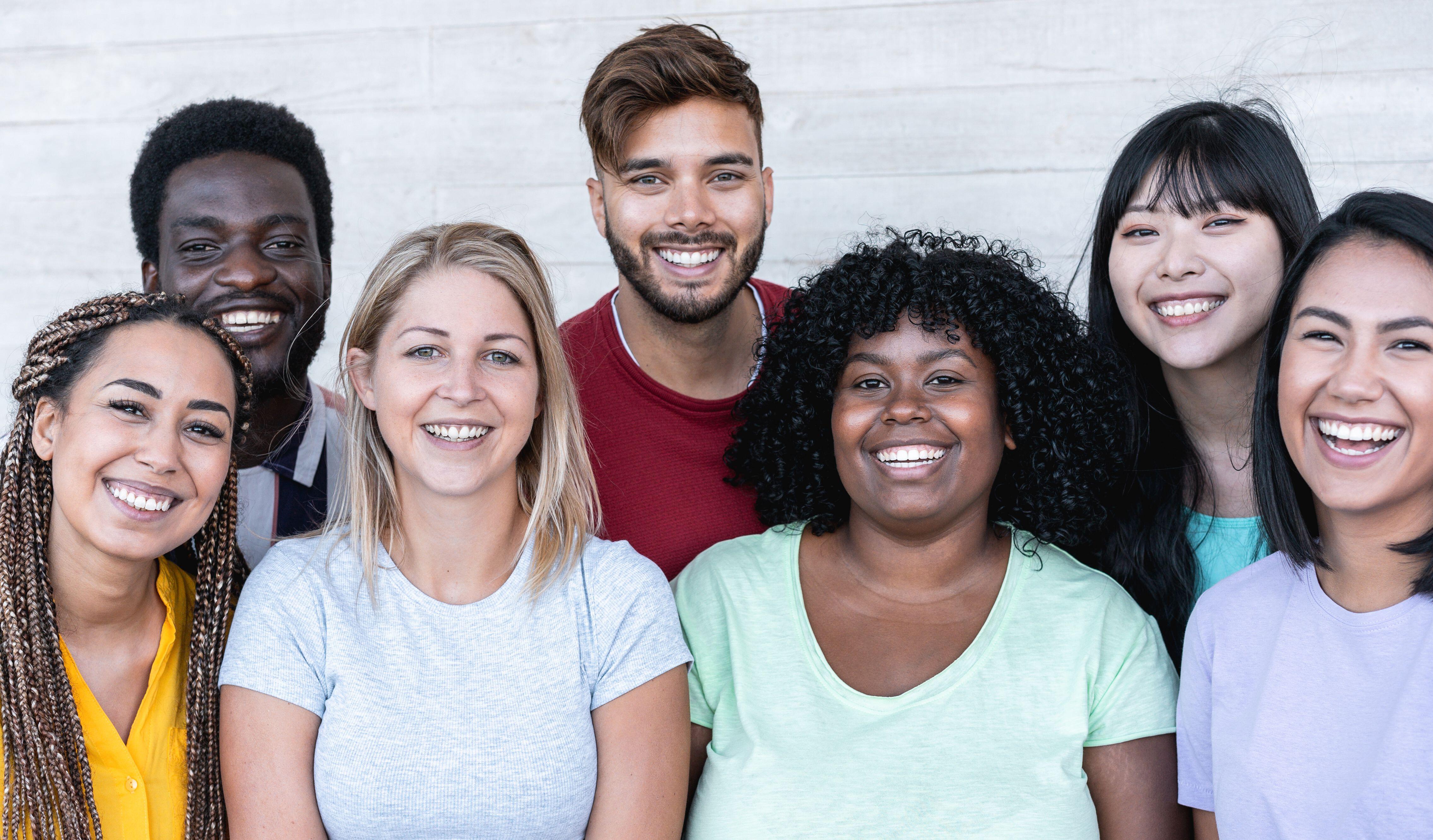Difficulty remembering faces of different ethnicities not down to racism – study
Researchers at the University of Exeter believe they have found the root cause of the “other race effect” deep within the brain.

Your support helps us to tell the story
From reproductive rights to climate change to Big Tech, The Independent is on the ground when the story is developing. Whether it's investigating the financials of Elon Musk's pro-Trump PAC or producing our latest documentary, 'The A Word', which shines a light on the American women fighting for reproductive rights, we know how important it is to parse out the facts from the messaging.
At such a critical moment in US history, we need reporters on the ground. Your donation allows us to keep sending journalists to speak to both sides of the story.
The Independent is trusted by Americans across the entire political spectrum. And unlike many other quality news outlets, we choose not to lock Americans out of our reporting and analysis with paywalls. We believe quality journalism should be available to everyone, paid for by those who can afford it.
Your support makes all the difference.The fact that humans struggle to remember faces of people from different ethnic groups is down to processes deep within the brain rather than a learned social bias, according to new research.
A study dating back to the 1960s, and replicated many times since, has proven that people find it difficult to recall if they have seen a person from a different race before.
Known as the “other race effect,” researchers have struggled to establish why we have this problem, with social scientists and cognitive scientists both offering their own explanations.
This report shows that when you systematically impair a person’s perceptual expertise through the application of brain stimulation, their ability to recognise faces is broadly consistent regardless of the ethnicity of that face
Social scientists have suggested that humans, particular those with strong racial prejudice, are less motivated to interact with other ethnic groups, meaning they have a weaker memory for their faces.
But cognitive scientists propose that it is a question of “expertise” – specifically, that we have less experience of humans from different groups, and are thereby less able to differentiate between them.
A team from the Department of Psychology at the University of Exeter believe they have now developed an experiment that proves poor facial recognition is rooted in cognitive processes rather than racial bias.
Over the course of a six-year research programme, they combined a test to demonstrate the other race effect with another experiment known as the “face inversion effect”.
While in general, humans find it easy to recognise faces from their own race if it is the right way up, this declines significantly when that face is upside down.
But when it comes to faces of a different ethnicity, there is little difference in the participant’s ability to remember if they have seen it before regardless of whether it is the right way up or inverted.
Over the years, the researchers have discovered a way to make people “face-blind” for a short period of time using a technique called direct current stimulation (TDCS).
TDCS involves applying a current of electricity to the participants’ dorsolateral prefrontal cortex – an area of the brain associated with executive functions such as memory and perceptual learning.
By applying TDCS for around 10 minutes, the researchers found they were able to scramble the participants’ ability to remember faces, with the effect lasting around 90 minutes.
Electrodes were also applied to a control group, but they only received 30 seconds worth of current, which did not impact their dorsolateral prefrontal cortex.
The subjects were then given 80 faces to study, with each image allotted three seconds on screen, before being shown the same faces at random interspersed with 80 new ones.
The faces were a mix of western Caucasian and east Asian and could either be upright or inverted, with participants given three seconds to signal whether they believed they had seen it before.
In the control group, volunteers were almost three times more likely to recognise a face of their own race that was the correct way up, compared to a same-ethnicity face that was upside down.
As in previous experiments, there was little difference in their ability to recognise a face of a different race regardless of its orientation.
In the TDCS group, there was no difference between participants ability to recognise own-race faces compared to faces of another ethnicity – either the right way up or upside down.
Dr Ciro Civile, senior lecture in cognitive psychology and research lead for the project, said: “For many years, we have debated the underpinning causes of the other race effect.
“One of the prevailing views is that it is predicated upon social motivational factors, particularly for those observers with more prejudiced racial attitudes.”
He continued: “This report shows that when you systematically impair a person’s perceptual expertise through the application of brain stimulation, their ability to recognise faces is broadly consistent regardless of the ethnicity of that face.”
But Dr Ciro emphasised there have been many experiments conducted over the years demonstrating an inherent bias among humans against people of other races.
He said there was nothing to suggest that these racial biases could be explained away by perceptual expertise.
The paper, Transcranial Direct Current Stimulation (TDCS) eliminates the Other-Race Effect (ORE) indexed by the Face Inversion Effect for own vs other-race faces, is published in the journal Scientific Reports.